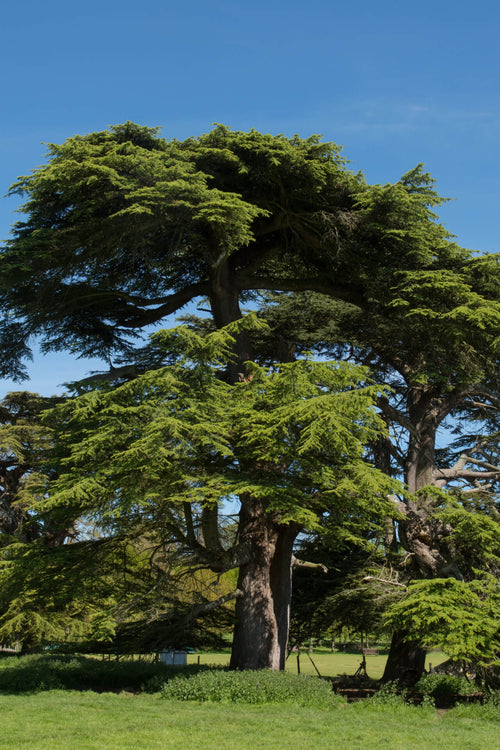Thursday, September 22
Red Cedar Trees
The Red Cedar species can refer to The Western Red Cedar (Thuja Plicata), The Eastern Red Cedar (Juniperus Virginiana) and The Australian Red Cedar (Toona Ciliata). These are the different types of Red Cedar trees that can be found.
The Western Red Cedar:
The Eastern Red Cedar:
The Australian Red Cedar:
The Australian Red Cedar is species of Red Cedar and is deciduous. They grow up to a height of 60 m, and the size of the trunk is approximately 3 m in diameter. This species is very durable and has a fine scent. They are commercially used for making furniture due to the durability of wood. The Australian Red Cedar has a rapid growth rate and has small white flowers on them. The Eastern Red Cedar or Juniperus Virginiana is also a perennial tree and remain green throughout the year. The leaves are green and scaly like the western red cedar. These trees grow up to a maximum height of 50 feet, and their growth rate is slow as well. Their active growth rate is during spring and summer time. It is adaptable to coarse and fine textured soil. The Western Red Cedar or Thuja Plicata is a perennial tree which remains green throughout the year. They have green leaves which are dense and scale like. This tree has an active growth period during summers and spring season. Their growth rate is slow, and they can grow up to a height of 150 feet. They have a long lifespan and are considered to be thousands of years old species. They are in existence since the Jurassic days. The Western Red Cedar has cones which are 1 - 1.8 cm long and 4 - 5 mm broad. These cones are brown and yellowish green and contain seeds in them. These trees have a single stem and are fine in texture. The soil requirement to grow them ranges between pH 5.1 – 7.1.



















































